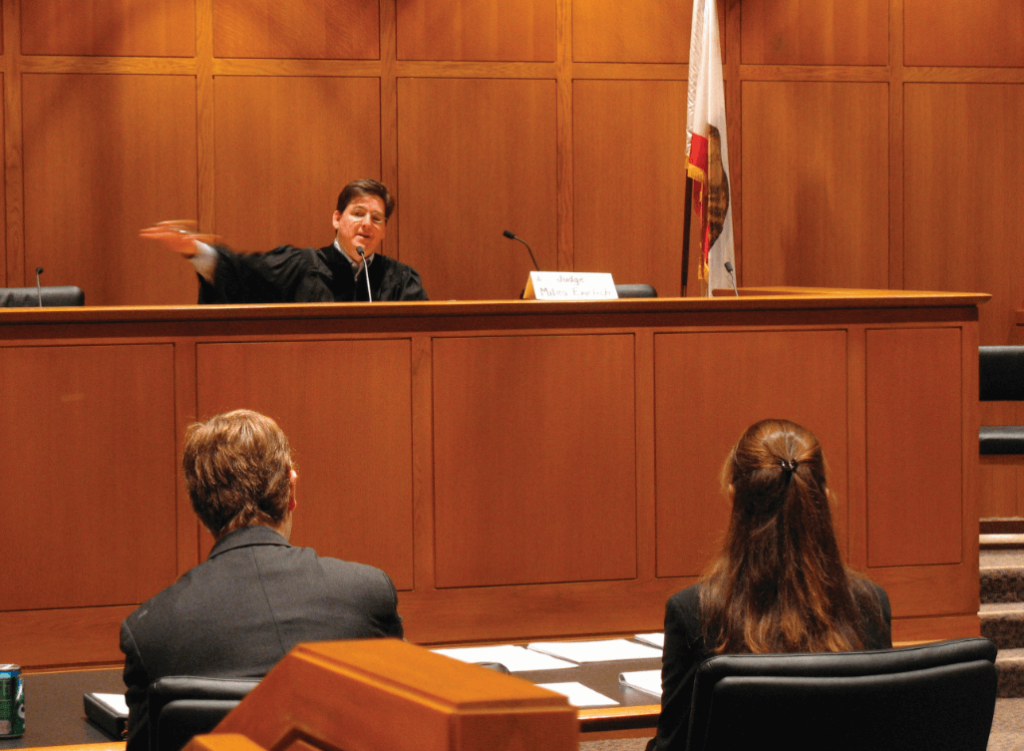Who is the superhero in the courtroom? Is it the judge? Is it the injured victim? Is it the trial attorney? No!
It is the juror who — through the guidance of the trial attorney — becomes empowered to administer justice.
Superheroes are rarely born with special powers. They usually attain their power through some environmental stimulus like Spider- Man; through training and resources like Batman; or through some genetic mutation like the X-Men. Most have no idea how to harness their power and only learn to use it properly through the guidance of a mentor or teacher.
Much like superheroes, jurors learn how to use their power through the guidance of a trial attorney.
Jurors are granted their own form of superpowers — the power to weigh evidence and to reach a just verdict. It is the responsibility of trial attorneys to serve as their guides; to teach them the impact of their decisions; to explain how to apply the law; how to interpret the evidence and to facilitate an understanding of the limits and implications of those judicial powers.
All comic books, like cases tried in courtrooms, are stories — they rely on graphic and visual imagery enhanced by technology as the narrative tools of storytelling. Protagonist, antagonist, victim, conflict, drama, credibility and morality are the driving forces.
The trial attorney must be the master storyteller who presents the evidence to prove the client’s case in a compelling manner, evoking empathy, compassion and a call-to-action from the jury. To accomplish this goal, the trial attorney must facilitate emotional connection, identification and empathy with the client and the matter. To this end, trial attorneys can learn a great deal from how comics tell stories.
In each medium, the narrative is conveyed through words and pictures that combine the ancient art of storytelling with modern technological demonstrative evidence. Comic books utilize powerful narrative and graphic techniques — like repetition, dynamic composition and sequence — to tell emotionally and visually impactful stories that capture the audience’s attention. Attorneys can incorporate the same tools into their trial practice to create a compelling narrative for their client and capture the jury’s attention.
In today’s information-packed world, people are used to and come to expect visual displays, such as animations, accident reconstruction videos, blow-ups, graphs and charts. Trial attorneys now have the opportunity and obligation to their clients to present evidence at trial using modern technology. Sophisticated graphics and visually stunning special effects are vital to tell the story at trial with maximum visual impact. A high-tech graphic presentation is not only required to obtain the best result, it is the new professional standard for trial attorneys.
Mel Belli, known as, “The King of Torts,” was the godfather of this concept. He was the first trial attorney to concentrate on the presentation of demonstrative evidence as a persuasive trial technique: “A lawyer’s performance in the courtroom is responsible for about 25% of the outcome, the remaining 75% depends on the facts.”
To make his point, Belli would bring physical evidence into the courtroom for the jury to see, hold and occasionally smell.
Belli once tossed an artificial leg to a startled jury, so that they might better “feel the pulse” of his injured client. He also had a car dismantled and rebuilt inside of a courtroom to demonstrate its defective design.
After winning a case, Belli would raise a Jolly Roger skull and bones pirate flag over his San Francisco office building and fire a cannon from the rooftop to announce his victory. He truly understood the impact of a powerful visual display.
Tommy Malone, an Atlanta-based trial attorney and one of Belli’s proteges, has successfully mastered demonstrative evidence techniques at trial, even going a step further by integrating cutting-edge technology into his trial practice. This has brought Malone multiple eight-figure verdicts and settlements on behalf of his clients. He also lectures fellow trial attorneys on the impact and importance of demonstrative evidence and how it continues to change with times as technology progresses.
Other examples of great courtroom visual storytelling can be seen in some of the biggest trials of the past several decades. The People v. O.J. Simpson, perhaps the most notorious criminal trial of all time, has the famous example of “the glove.” Simpson’s lawyers understood the dramatic nature of visual demonstrative evidence. They allowed Simpson to attempt, in front of the jury, to try on a bloody leather glove found at the crime scene. When the glove appeared too tight, lead defense attorney Johnny Cochran, in his closings, masterfully opened the jury’s mind to the possibility that it was not Simpson’s glove with his famous and memorable line, “If the glove don’t fit, you must acquit.” Post-trial interviews indicated that the display did indeed influence the jury to acquit.
In California v. Murray, Michael Jackson’s physician was on trial for his alleged role in the pop star’s death by overdose of the general anesthetic, Propofol. Murray was charged with and later convicted of involuntary manslaughter. Visually compelling evidence presented to the jury at trial included photographs of Michael Jackson taken within minutes of his death; video footage of Jackson with seemingly slurred speech; and even a demonstration of an IV drip Dr. Murray allegedly constructed to administer Propofol to Jackson that was outside accepted medical standards of care.
The role of the jury and the trial attorney in jurisprudence can be poignantly summed up in Uncle Ben’s lecture to Spider- Man: “With great power comes great responsibility.” Jurors, through judicial mandate, possess the ultimate power to determine the fate of those involved in a trial. This power can be misplaced, misunderstood and misused if not properly guided by trial attorneys through the creation of visually compelling narrative. It is the responsibility of trial attorneys to ensure that the jury is properly guided to use their powers to serve the greater good in administering justice. David Drexler







